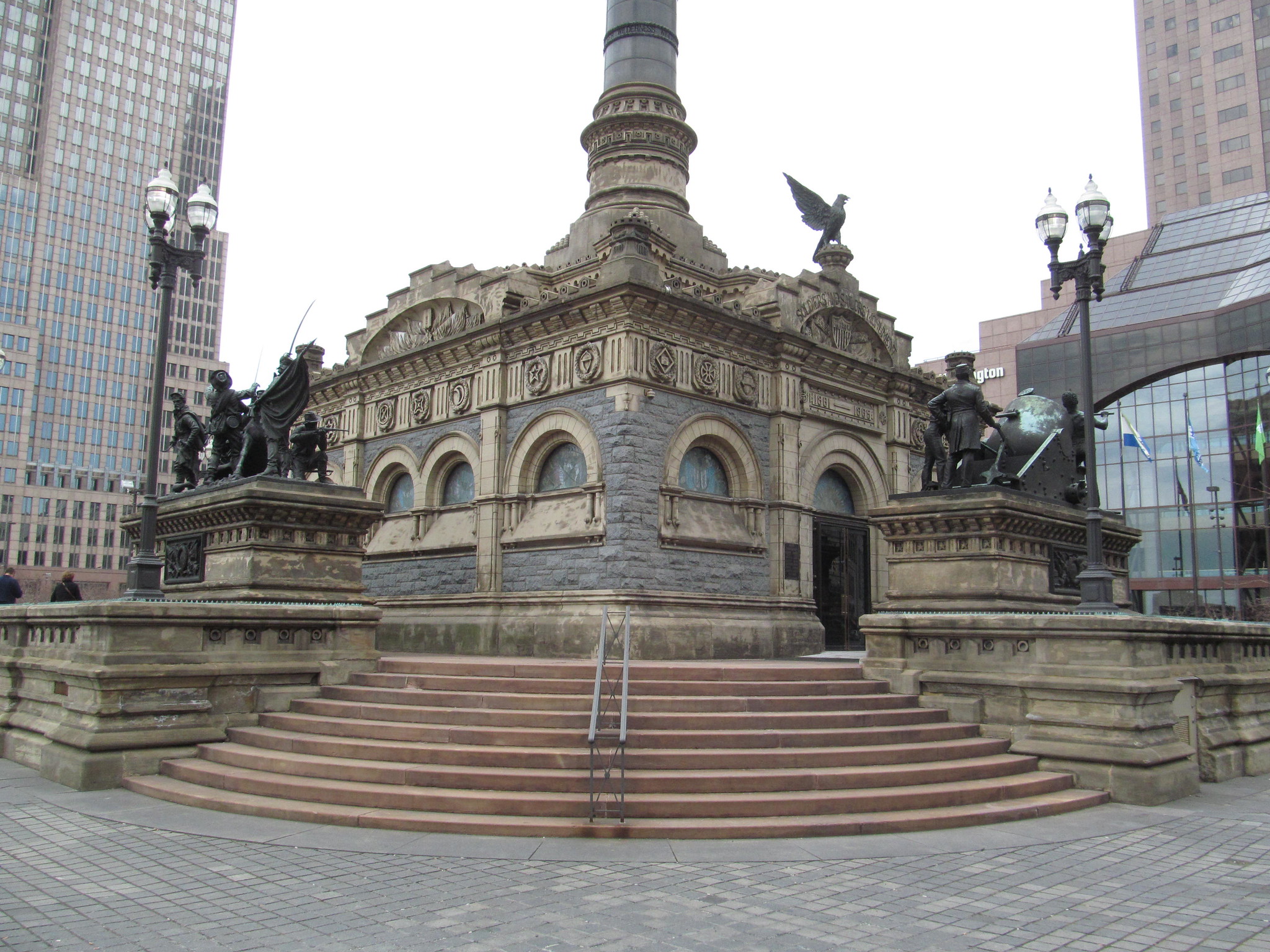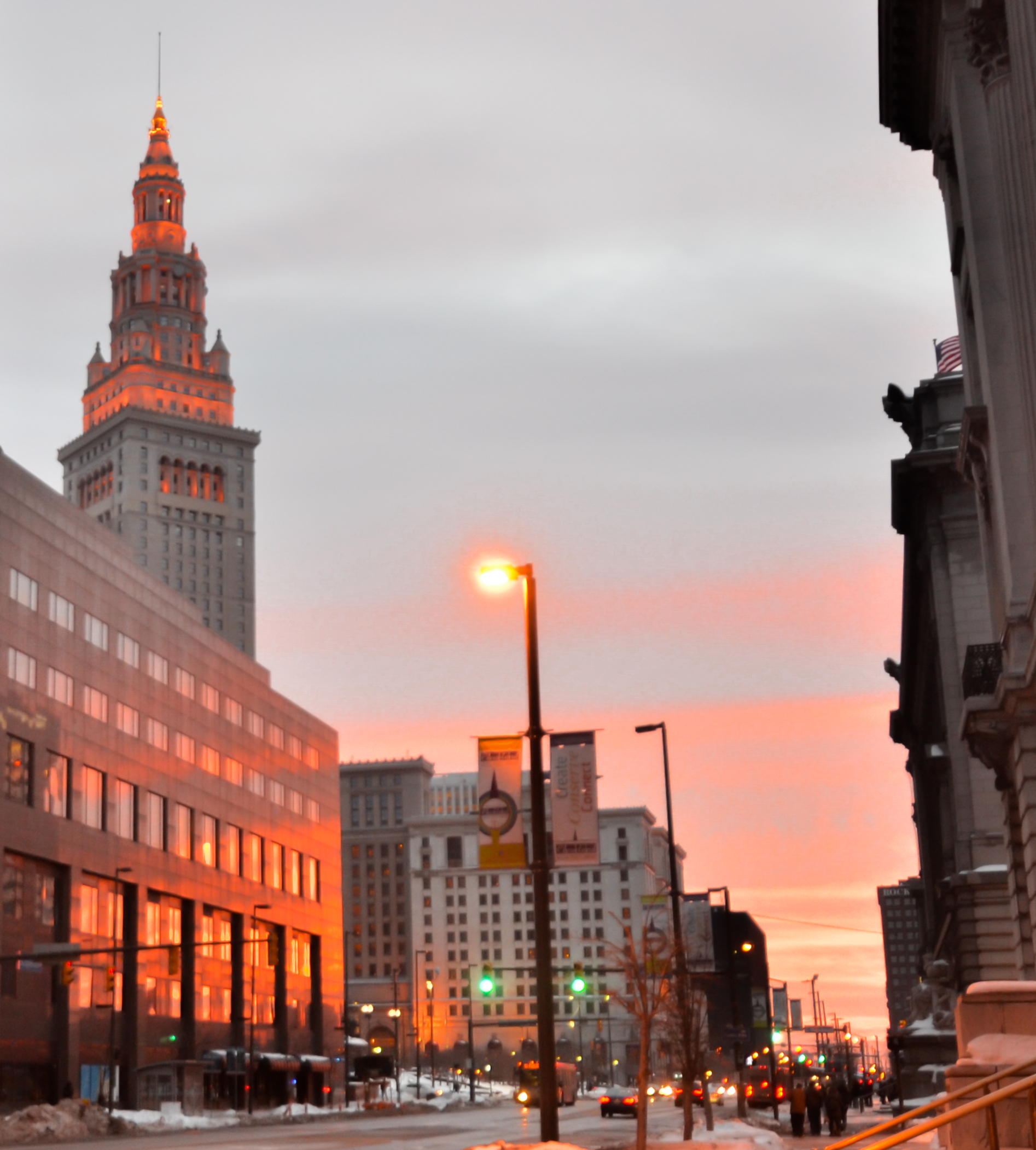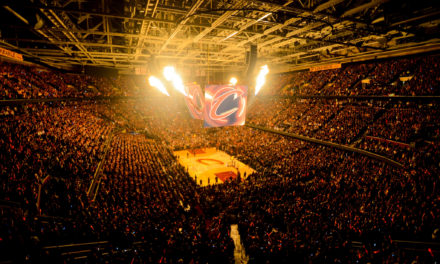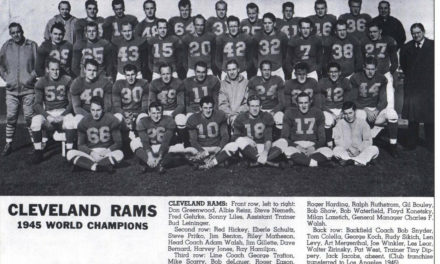The period between April 29 and May 5 has been home to numerous historic events that have shaped the United States and Northeast Ohio over the years. From breakthroughs in science and technology to pivotal moments in civil rights and social progress, these events have had a lasting impact on the nation. In this article, we will delve into some of the most significant occurrences that took place during this week in U.S. and Cleveland history.
- The Dedication of the Soldiers’ and Sailors’ Monument (May 1, 1894)
On May 1, 1894, the Soldiers’ and Sailors’ Monument was dedicated in Cleveland’s Public Square. The monument, which stands as a tribute to the Civil War soldiers and sailors from Cuyahoga County, was designed by architect Levi T. Scofield. This impressive structure features a 125-foot column topped with a statue of the Goddess of Freedom and is adorned with a series of bronze relief panels and sculptures. The dedication ceremony, attended by thousands of people, honored the bravery and sacrifices of those who fought for the Union cause.
- The Groundbreaking of the Cleveland Stadium (April 29, 1930)
On April 29, 1930, the groundbreaking ceremony for the Cleveland Stadium took place. Known affectionately as “The Mistake by the Lake,” the stadium would become the home field for both the Cleveland Indians and the Cleveland Browns. The stadium opened on July 1, 1931, and went on to host numerous sporting events, concerts, and other activities over the years. Despite its eventual demolition in 1996, the Cleveland Stadium remains a cherished memory for many Cleveland sports fans.
- The Great Lakes Exposition (May 3, 1937)
The Great Lakes Exposition, held in Cleveland from May 3 to October 2, 1937, was a World’s Fair-style event that celebrated the centennial of the city’s incorporation. The exposition, which sprawled across 135 acres along the city’s lakefront, featured various exhibits, amusements, and entertainment. The event showcased the region’s industrial and cultural achievements, attracting millions of visitors during its five-month run. The Great Lakes Exposition remains a testament to Cleveland’s resilience and innovation during the challenging years of the Great Depression.
- The Reopening of the West Side Market (May 4, 2013)
Cleveland’s historic West Side Market, which opened in 1912, has been a beloved institution in the city for over a century. On May 4, 2013, the market reopened after a brief closure due to a fire that caused significant smoke damage. The reopening was celebrated with a ribbon-cutting ceremony and a day of festivities, reaffirming the market’s importance to the community. The West Side Market, which features over 100 vendors selling a wide variety of food and products, continues to be a vibrant gathering place and an essential part of Cleveland’s cultural fabric.
- The Admission of Louisiana as the 18th State (April 30, 1812)
On April 30, 1812, Louisiana became the 18th state admitted to the United States, following the Louisiana Purchase in 1803. This strategic acquisition, which doubled the size of the nation, provided the U.S. with vast natural resources, fertile land, and an extensive river system for trade and transportation. Louisiana’s statehood solidified its place within the nation and laid the groundwork for the westward expansion of the United States.
- The First U.S. Satellite, Explorer 1, is Launched (May 1, 1958)
On May 1, 1958, the United States successfully launched its first satellite, Explorer 1, into orbit. The satellite’s primary mission was to measure cosmic rays, but it also provided valuable data on Earth’s radiation belts. Explorer 1 marked the beginning of the United States’ foray into space exploration, paving the way for future achievements such as the Apollo lunar landings and the development of the International Space Station.
- The Kent State University Shootings (May 4, 1970)
The Kent State University shootings on May 4, 1970, were a tragic event that took place during a protest against the U.S. invasion of Cambodia during the Vietnam War. Ohio National Guardsmen opened fire on the unarmed protestors, killing four students and wounding nine others. The event shocked the nation and intensified opposition to the war, leading to an increased focus on civil rights and liberties in the United States.
- The Freedom Riders Begin Their Journey (May 4, 1961)
On May 4, 1961, the Freedom Riders, a group of civil rights activists, embarked on their historic journey through the Deep South to challenge racial segregation in interstate transportation. The Freedom Riders faced violence and arrest but ultimately succeeded in their mission. Their efforts helped to raise awareness of the struggle for civil rights in the United States and contributed to the eventual passage of the Civil Rights Act of 1964 and the Voting Rights Act of 1965.
- The First Pulitzer Prizes are Awarded (May 4, 1917)
The first Pulitzer Prizes were awarded on May 4, 1917, honoring excellence in journalism, literature, and musical composition. Established by Joseph Pulitzer, a renowned newspaper publisher, the prizes aimed to promote journalistic integrity and elevate the standards of American journalism. Over the years, the Pulitzer Prizes have come to represent the pinnacle of achievement in these fields, celebrating the vital role that journalism, literature, and the arts play in shaping the nation’s culture and identity.






